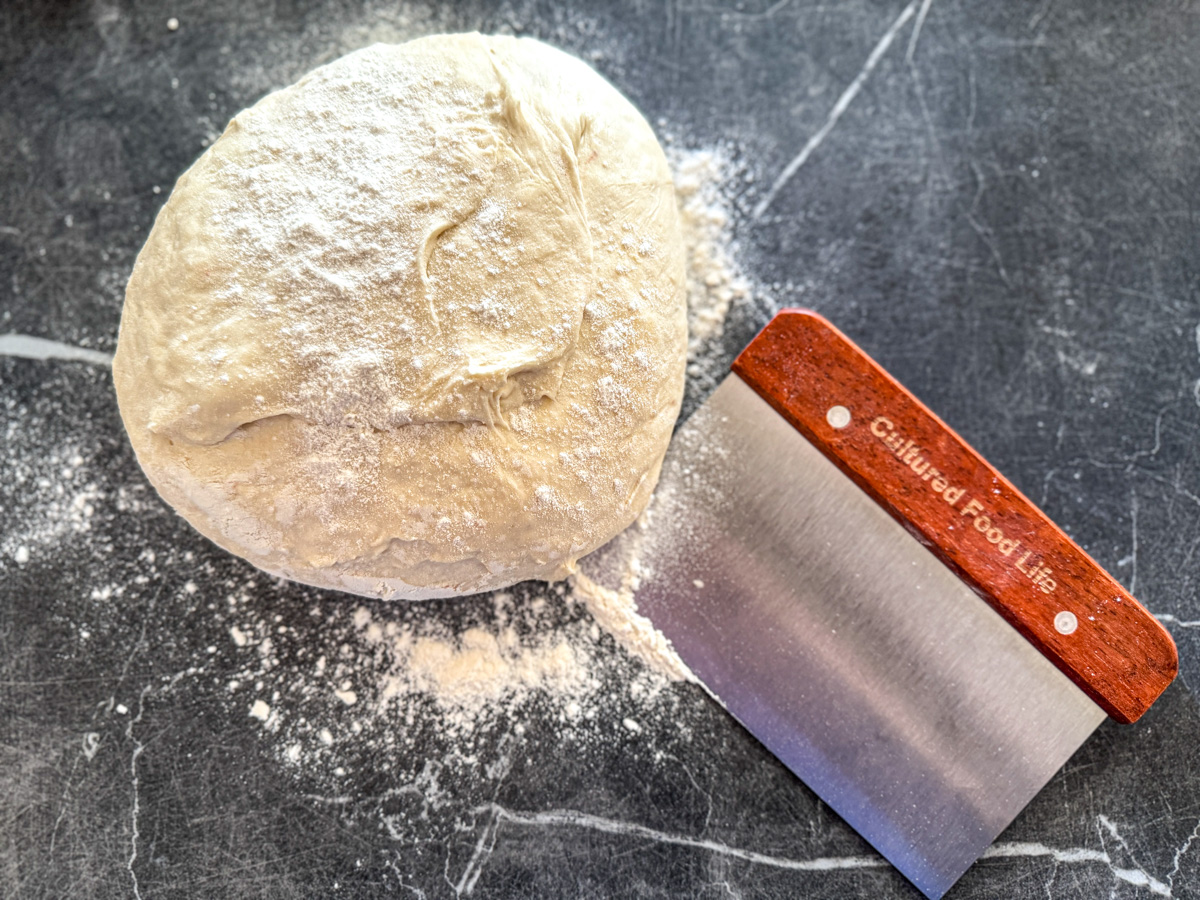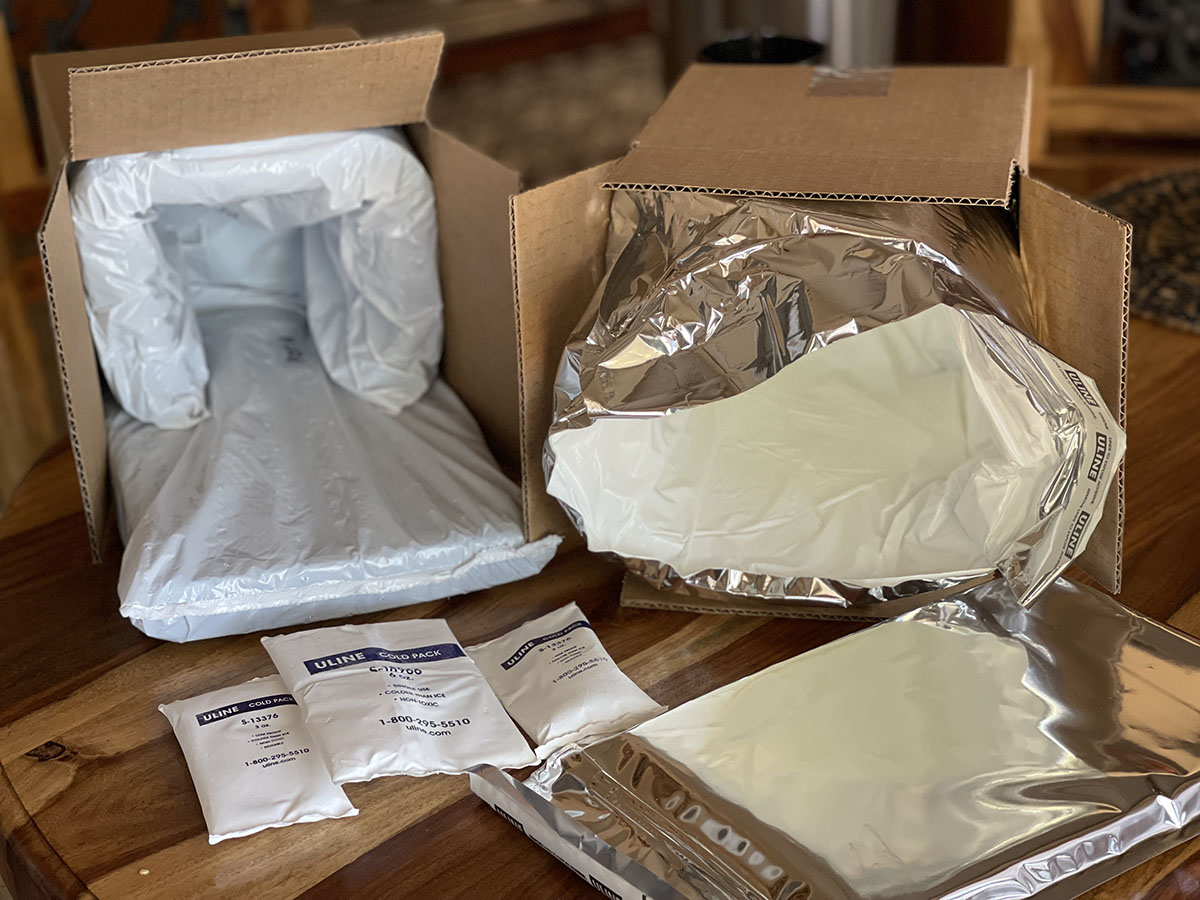
🧣 Keeping Your Ferments Happy All Winter Long
Embrace the Slow Season

Fermentation teaches patience. Let your kitchen match the season’s rhythm—slow, cozy, and nourishing. Your cultures will reward you with foods that warm from the inside out.
How to Transition Your Ferments for Cold Weather
Including: Kefir, Kefir Soda, Cultured Vegetables, Kombucha, and Sourdough Bread
- Kefir in the Winter
- Kombucha in Cold Weather
- Cultured Veggies in the Winter
- Kefir Soda in the Winter
- Sourdough Rising in the Cold
Making Kefir in the Winter
I love winter kefir—it’s often thicker and creamier. Lower ambient temperatures simply mean a slower ferment.
If your space dips under 68°F, try these:
9 Tips for Winter Kefir
- Move to a warmer room. It doesn’t have to live in the kitchen.
- Try the top of the fridge. Place a towel under the jar; aim for 75°F (24°C) or lower.
- Increase grains or reduce milk. More culture power = faster finish.
- Let it go longer. 24 hours at 69–73°F is typical; cooler rooms may need 36–48 hours.
- Warm a small room safely. 70–73°F (21–23°C) works for kefir, kombucha, and more.
- Use a wider jar. More surface area often yields extra-creamy kefir.
- Consider a fermentation belt. We have a special fermentation belt that works to keep your kefir warm but not too hot. You want to avoid high direct heat above 75°F — the good yeasts will start to die if it gets too warm.
- Skip Prebio Plus during fermentation. Add a pinch after it’s done for a probiotic boost. Too much food will slow it down.
- Don’t overheat. Above ~76°F (26°C) separation increases (safe but less appetizing).
 Learn more about kefir here:
Learn more about kefir here:
Kefir Benefits for Cold & Flu Season
- Strengthens immunity — over 50 beneficial bacteria and yeasts support the gut, where most of your immune system lives.
- Improves digestion — helps break down lactose, proteins, and fats; reduces bloating and supports regularity.
- Restores gut balance — repopulates the microbiome with diverse microbes that crowd out harmful bacteria.
- Supports nutrient absorption — increases uptake of vitamins, minerals, amino acids, and antioxidants.
- Calms inflammation — beneficial microbes help regulate the immune response and soothe the digestive tract.
- Supports mental health — the gut–brain connection improves mood, clarity, and stress response.
- Supports healthy skin — good bacteria reduce internal inflammation that contributes to skin issues.
- May improve bone health — contains bioavailable calcium, magnesium, and vitamin K2.
- Offers natural probiotics dairy-free or dairy-based — beneficial for nearly everyone, even many who are lactose-sensitive.
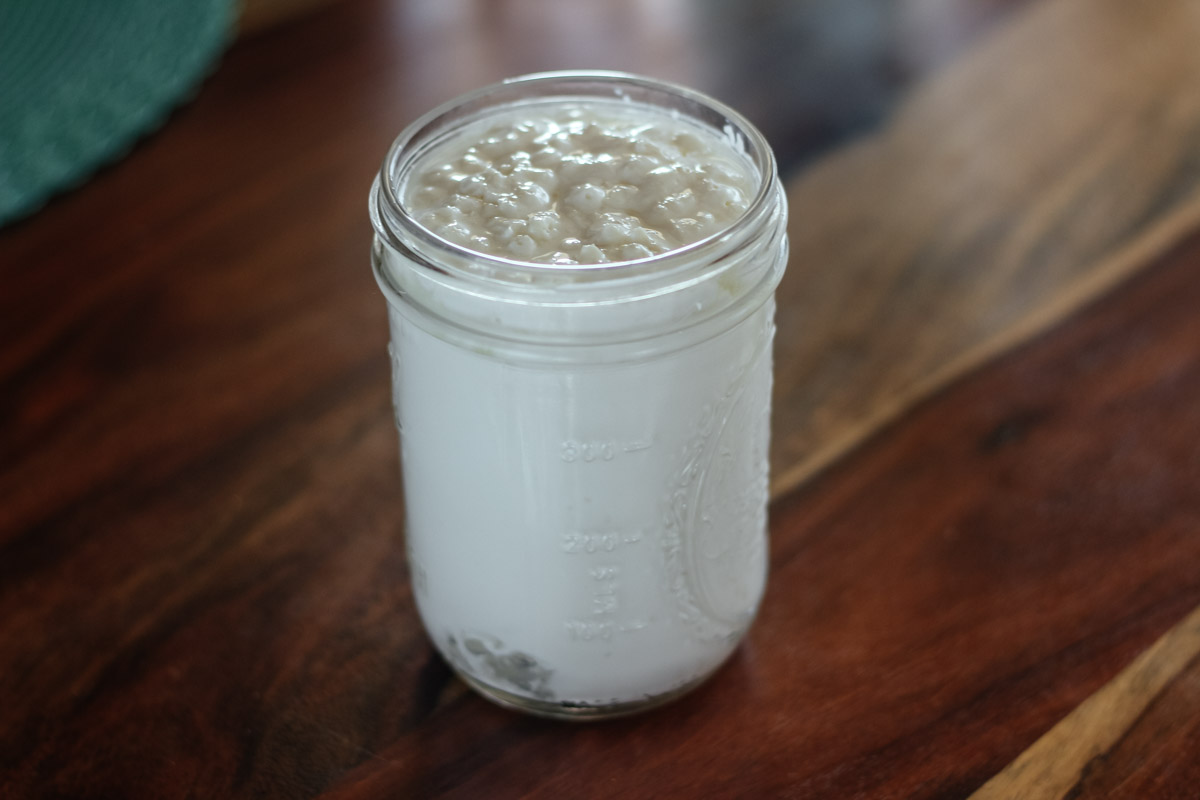
Kombucha in Cold Weather

Winter is the season when our immune systems need the most support. Cold weather, dry indoor heat, less sunlight, and more time indoors with others can leave us more vulnerable to colds, coughs, and seasonal viruses. Kombucha is one of my favorite winter tonics because it works with your body in a way that feels both strengthening and comforting.
Try: Sunshine Kombucha
Also love: Carrot Kombucha
Winter Kombucha Tips
- Heating strip: Keep brew near 75–80°F (24–27°C) in glass jars or crocks. Check out our fermentation belt.
- Top of fridge: Works well for smaller batches.
- More starter tea: Double (or even triple) to speed up the ferment.
- Use stronger starter: SCOBY-hotel tea kickstarts the process. See: SCOBY Hotel
- Warmer room: Move the vessel to a warmer room if your kitchen runs cool.
- Space heater room: Space heater room: Keep the room comfy at 75-80°F - never heat the jar itself to 75-80°F
 Learn more about kombucha here:
Learn more about kombucha here:
Kombucha Health Benefits in the Winter
- Strengthens immunity: — Kombucha is packed with probiotics that support the gut, where most of your immune system lives.
- Reduces inflammation: Organic acids and antioxidants help calm winter-related inflammation.
- Supports respiratory health: Helps clear mucus, soothe the throat, and ease coughing.
- Aids detoxification: Supports the liver and natural cleansing pathways.
- Improves digestion: Supports stomach acid, reduces bloating, and enhances nutrient absorption.
- Supports mood & clarity: Probiotics and B vitamins nourish the gut–brain axis.
- Provides antioxidants: Tea polyphenols and fermented metabolites strengthen cellular health.
- Helps balance sugar cravings: Tart, lightly sweet fizz satisfies cravings without blood-sugar crashes.

🥕 Cultured Vegetables Love the Winter
Winter is actually one of the best times of year to make cultured vegetables. The cooler temperatures slow the fermentation just enough to develop deeper flavors, crisp textures, and more stable ferments. Your veggies stay crunchy, the brine stays clear, and the beneficial bacteria have plenty of time to work their magic. But winter also brings unique challenges — colder kitchens, fluctuating room temperatures, and drafts — so here are my favorite winter-specific tips to help your cultured vegetables come out perfectly every time.
❄️ 1. Ferment Times Are Longer — And Better
In the summer, veggies may ferment in 5–7 days, but in the winter you may need 7–14 days or more, depending on how cool your kitchen gets.
Cooler temperatures:
- Slow the fermentation
- Create more complexity in flavor
- Help the brine stay fresh and bright
- Keep vegetables crisper
- If your house is colder than 68°F (20°C), give them a few extra days and taste-test toward the end of the ferment.
🧊 2. Use a Warmer Spot (But Not Too Warm)
Just like kefir and kombucha, cultured veggies like an environment around 68–72°F (20–22°C).
If your kitchen dips below that:
- Keep jars in a cupboard near an inside wall
- Place them on top of the fridge (warm but not hot)
- Set them in a closet, pantry, or laundry room that stays warmer
- Use a small cooler lined with towels for gentle insulation
Don’t use a heating pad or belt — veggies don’t need this kind of warmth, and too much heat can destroy texture or encourage yeast.
🧂 3. Salt Becomes Even More Important in the Winter
During cooler fermentation, the microbes move a little slower, so the right amount of salt helps maintain the perfect balance.
- Use the full recommended salt amount
- Fine mineral salt dissolves easiest
- Avoid cutting salt in cold weather (it can cause mushiness later)
Cutting Edge Vegetable Starter Culture gives the best results and ensures that the right bacteria dominate even when the temps are unpredictable.
4. Keep Vegetables Fully Submerged
Packing veggies tightly under the brine is especially important in winter’s drier air. Simply press the veggies down well. Check brine levels after 24 hours and top off if needed.
5. Avoid Drafty Areas
Drafts from windows or exterior walls can stall fermentation or cause uneven results. Choose a spot with consistent temperature.
6. Clearer Brine Is Normal in Winter
Winter ferments often look clearer because fermentation is slower and steadier. Clear brine with a pleasantly sour smell indicates a healthy ferment.
7. Signs Your Ferment Is Ready
- Tart and tangy flavor
- Crisp texture
- Fresh, sour aroma
- Brine may bubble gently when opened
8. Store Finished Ferments Properly
Once fermented, refrigerate your cultured vegetables. They can last up to 9 months or more and will continue to develop flavor slowly.
9. Don’t Worry About Slow Bubbling
Winter ferments may not bubble as visibly as summer batches. This is normal — they’re still fermenting, just quietly and steadily. Winter is the perfect season to make big batches of cultured vegetables. They support gut health, strengthen the immune system, and add powerful probiotics when your body needs them the most.
🥬 Learn more about cultured veggies here:
Cultured Vegetable Winter Health Benefits
- Strengthen the immune system — rich in Lactobacillus plantarum and other probiotics that support gut-based immunity.
- Improve digestion — enzymes and beneficial bacteria help break down food and reduce bloating.
- Promote regularity — high in fiber + probiotics = smoother, more comfortable elimination.
- Reduce inflammation — beneficial microbes help calm the gut lining and support a balanced immune response.
- Support detoxification — fermented veggies help bind and remove toxins while supporting liver function.
- Increase nutrient absorption — fermentation makes vitamins and minerals more bioavailable.
- Provide natural vitamins — especially vitamin C, K2 (in some ferments), B vitamins, and antioxidants.
- Help balance blood sugar — fiber slows digestion and supports metabolic stability.
- Boost microbial diversity — each jar adds different probiotic strains to the microbiome.
- Support healthy weight — fiber, probiotics, and gut balance help reduce cravings and support metabolic health.
- Promote skin health — a calm, balanced gut often results in clearer, healthier skin.

Kefir Soda In the Winter
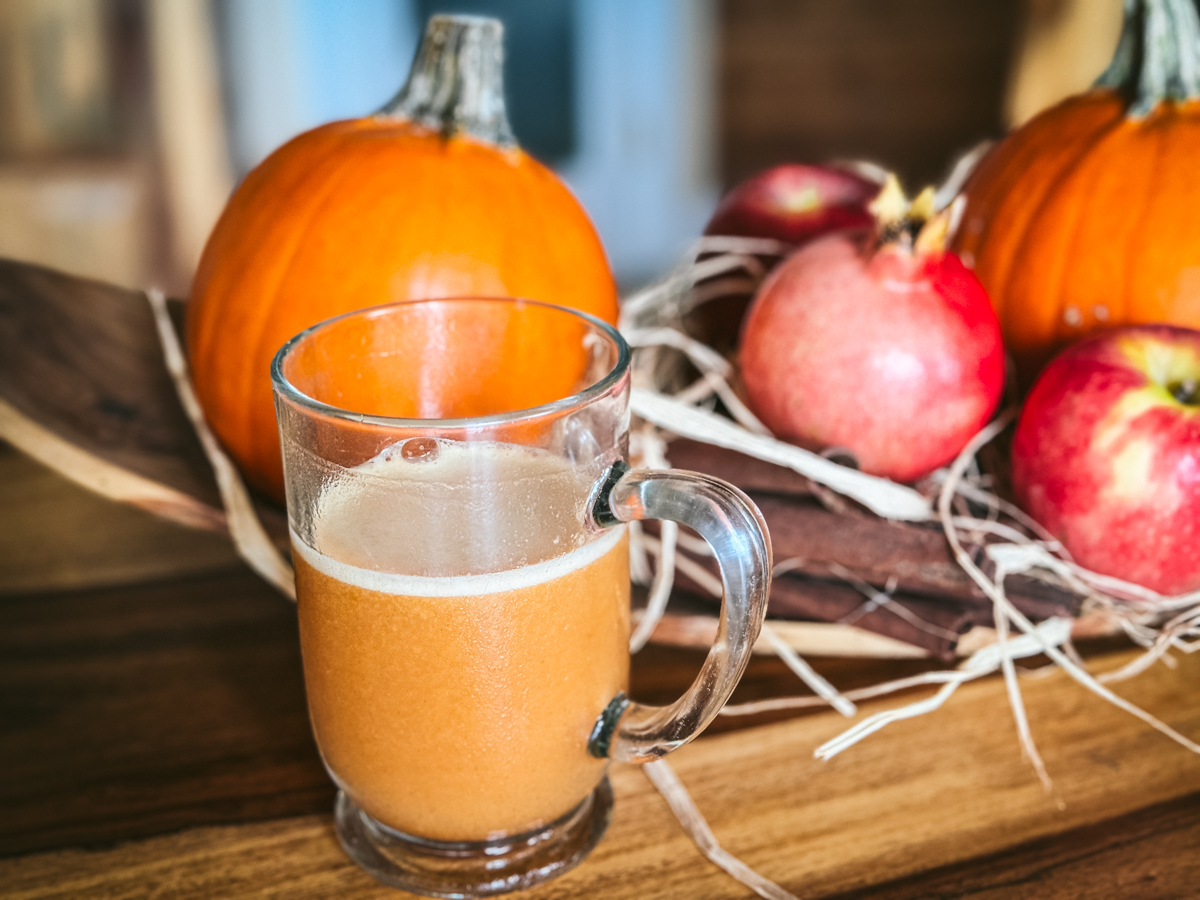
Expect a longer fizz-up time of about 5 to 12 days or longer before it gets bubbly and alive. Each day, give your bottle a little check — “burp” it by gently popping the top to release pressure and see how it’s doing. When you start to hear that little hiss and see bubbles forming, it’s a sign your kefir soda is active and ready to refrigerate.
Once it’s bubbly, move it to the fridge. Even after chilling, the good microbes keep nibbling away at any remaining sugars, so the sweetness will continue to fade and the flavor will deepen.
⚠️ Important: Never place your kefir soda bottles near a direct heat source or use a heating element to speed up the process. The pressure can build quickly and cause the bottles to explode. Instead, if your home is chilly, you can place the bottles inside a small cooler lined with a few towels for insulation. This helps hold in gentle warmth and keeps the fermentation steady without overheating.
Keep checking daily, and when it’s bubbly and fizzy to your liking, refrigerate and enjoy that wonderful probiotic sparkle.
Learn more about kefir soda here:
Health Benefits — Kefir Soda For the Winter
- Boosts immunity — Rich in probiotics and the powerful yeast Saccharomyces boulardii.
- Clears sinuses & throat — helps calm irritation and supports easier breathing.
- Supports mood & clarity — helps the gut make neurotransmitters for better mood and mental focus.
- Gentle detox support — natural acids help the liver and detox pathways.
- Improves digestion — reduces bloating, supports regularity, and helps break down food.
- Reduces sugar cravings — lightly sweet and fizzy, with microbes consuming most of the sugar.
- Boosts microbial diversity — adds beneficial bacteria and yeasts to your microbiome.

🍞 Sourdough Rising in the Cold
Even sourdough needs a cozy corner! In the winter, rising times can double. I like to keep my dough near a warm appliance or in the oven with just the light on (no heat). If your starter seems sluggish, feed it with slightly warmer water (around 80°F) and give it extra time—it’ll reward you with beautiful flavor and resilience.
- Feed your starter with warm water (around 80°F / 27°C).
Cold water can slow down the activity of your wild yeast. Slightly warm water helps wake them up and keeps your starter lively. - Create a warm proofing spot.
An oven with the light on, a microwave with the door slightly open (light on), or a small cooler with a hot water bottle inside makes the perfect cozy nest for your dough. - Try using a silicone sling or covered bowl.
This helps your dough maintain gentle humidity and warmth, preventing the surface from drying out as it rises. - Let time do the work.
Winter sourdough might take twice as long to rise, but slow fermentation creates deeper flavor and improved digestibility. Don’t rush it — your dough will tell you when it’s ready by doubling in size and feeling light and airy to the touch. - Keep your starter somewhere consistent.
Instead of a drafty kitchen counter, store it in a cabinet near an inside wall, or even on top of the refrigerator. Consistency keeps your microbes stable and active. - Use whole grain or rye flour for feeds.
These flours are rich in minerals and enzymes that help your starter thrive when it’s sluggish. - Consider an overnight ferment.
Mix your dough in the evening and let it rise slowly overnight at cooler room temperature. In the morning, it’ll be beautifully developed and ready to shape and bake. - If you refrigerate your starter, wake it up gently.
Remove it from the fridge a day before baking and give it two warm feedings to get it bubbly and strong again. - Trust your senses.
Every kitchen is different, and winter baking is as much about intuition as technique. If your dough looks and feels alive — soft, stretchy, and a little bubbly — it’s ready.
🥖 Learn more about sourdough here:
Sourdough Health Benefits In Winter
- Easier to digest — long fermentation breaks down gluten, phytic acid, and hard-to-digest starches.
- Supports a healthier gut — fermentation produces beneficial acids that feed good bacteria.
- More nutrient absorption — sourdough unlocks minerals like iron, zinc, and magnesium by reducing phytic acid.
- Lower glycemic impact — the fermentation process slows carbohydrate absorption for better blood sugar balance.
- Supports stable energy — slow-release carbs + organic acids help prevent blood sugar spikes and crashes.
- Better for those sensitive to grains — many people tolerate sourdough more easily than regular bread.
- Naturally preserves bread — sourdough stays fresh longer without additives because of its natural acids.
- Contains beneficial prebiotics — the fermentation creates fibers that feed good gut bacteria.
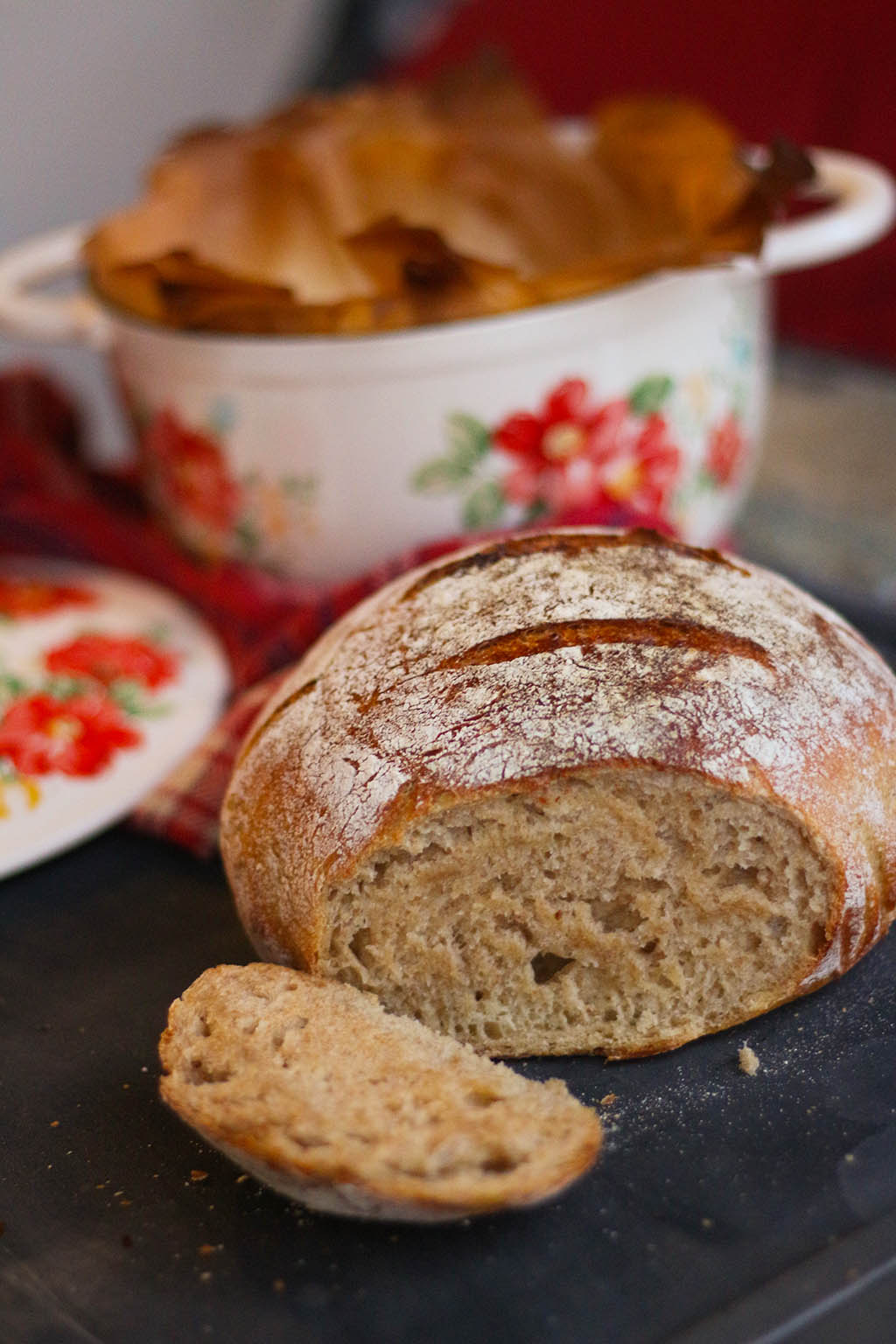
Listen To My Podcast
In this episode, I’m sharing my favorite tips for keeping your ferments happy all winter long — from kefir and kefir soda to kombucha, cultured veggies, and sourdough. Winter changes the way our microbes behave, and with just a few simple adjustments, you can make some of the best ferments of your life. Tune in and learn how to create a cozy environment for your favorite ferments and keep your body nourished, strong, and supported all season long.
Are you on the list?
Sign up today and I'll send you my free Getting Started Guide!
Each week I'll send you updates, tips, recipes, and more! You might even be a winner of my weekly giveaway! (starter cultures, memberships, and more!)
Come be a part of my cultured food family!

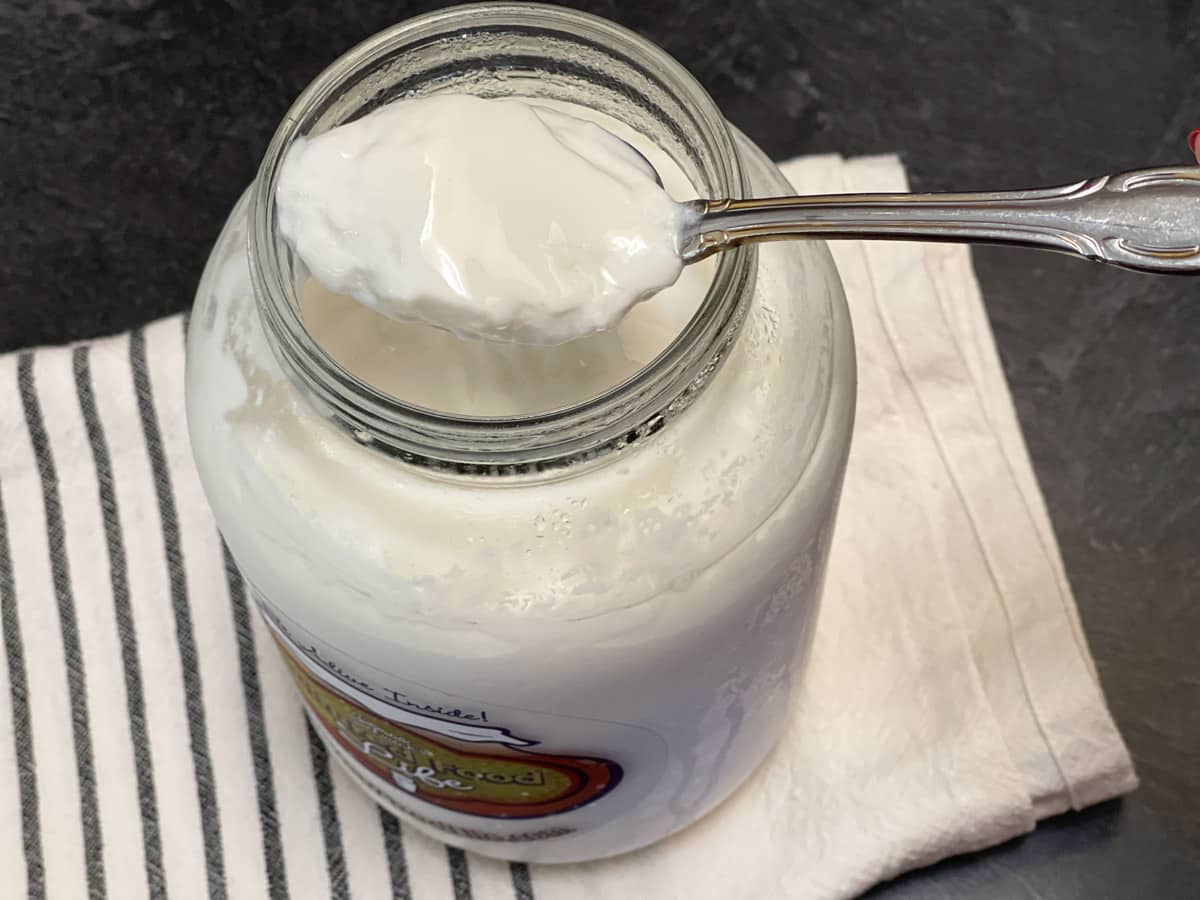
 Learn more about kefir here:
Learn more about kefir here: Learn more about kombucha here:
Learn more about kombucha here:
